Rehabilitation of Uranium Sites in the Settlement of Shekaftar
41°13’8575″N 71°19’0688″E
First of all, it is planned to close six mines that have not been operational for a long time. In addition, the contents of five tailings storage facilities will be moved to one more remote location.
The development of the Shekaftar uranium mine began in 1946, and in 1949, a settlement of the same name was established nearby. Uranium extraction was halted in 1957, and the life of the settlement centered around the development of a lead mine that began near the nearby settlement of Sumsar. However, this mine was also closed in 1978. Instead, the Sumsar Experimental Plant "Uralenergoцветмет" was opened in Sumsar, with its main enterprise located in Sverdlovsk (Yekaterinburg). After the collapse of the USSR, the plant was shut down. Currently, according to EBRD estimates, about 70 percent of Shekaftar's residents are unemployed.
In the vicinity of Shekaftar, there were 8 dumps of low-radioactive rock, with a total volume of about 700,000 cubic meters. Until recently, the dumps had not been reclaimed and were subject to water and wind erosion, with waste from some dumps also entering the waters of the Sumsar River. Residential houses were located in close proximity to the dumps, and local residents used materials taken from the dumps for household needs. In 2005-2006, a study of radiation risk to the environment was conducted in the settlement as part of the RESCA research project.
In addition to the rock dumps, there is a uranium tailings storage facility on the territory of the settlement, which contains radioactive and toxic waste, such as heavy metal salts and reagents used in the processing and enrichment of ores — cyanides, acids, silicates, nitrates, sulfates. The tailings storage facility is considered one of the most dangerous to the ecology of the region. The condition of the tailings storage facility, built several decades ago, is threatening; it has suffered significant damage from natural disasters and is also located in an area of increased seismic activity. An additional problem arises due to the location of the tailings storage facility in one of the most densely populated areas of the region; its destruction would pose a threat to all countries in Central Asia.
The average exposure dose rate (EDR) of gamma radiation at the surface of the dumps is 60-150 µR/h (0.6-1.5 µSv/h). The dumps located on the banks of the Sumsar River are being intensively eroded by the river's waters, leading to the transport of radionuclides into its channel and floodplain. This is evidenced by the results of sampling the riverbed sediments near the border with Uzbekistan, where high concentrations of uranium at 215 g/t and elevated levels of heavy metals such as lead, iron, copper, chromium, and cadmium have been recorded. These heavy metals and toxic elements are a result of the activities of the Sumsar lead-zinc mine, located three kilometers upstream in the river valley. As a result of 25 years of operation of this mine, 4.5 million tons of toxic waste have been generated, which are stored in three tailings facilities on the slopes of the Sumsar River valley. The lack of vegetation on the surface of the unreclaimed dumps contributes to the development of wind erosion and surface runoff of dump material, spreading it into the territory of Shekaftar and the adjacent areas of the Fergana Valley.
Since 1998, facilities related to the storage of uranium production waste have been under the balance of the Ministry of Emergency Situations of Kyrgyzstan, which conducts rehabilitation work using funds from the ministry. An agreement on the allocation of grants for the reclamation of the Shekaftar deposit was signed by the government of Kyrgyzstan and the European Union back in 2012. However, work has not yet begun. In 2017, local residents complained to ecologists about health problems, infertility, and the birth of disabled children. According to the villagers, they are forced to breathe radioactive dust and drink water contaminated with lead, and to irrigate their vegetables with this water.
First of all, it is planned to close six mines that have not been operational for a long time. In addition, the contents of five tailings storage facilities will be moved to one more remote location.
The development of the Shekaftar uranium mine began in 1946, and in 1949, a settlement of the same name was established nearby. Uranium extraction was halted in 1957, and the life of the settlement centered around the development of a lead mine that began near the nearby settlement of Sumsar. However, this mine was also closed in 1978. Instead, the Sumsar Experimental Plant "Uralenergoцветмет" was opened in Sumsar, with its main enterprise located in Sverdlovsk (Yekaterinburg). After the collapse of the USSR, the plant was shut down. Currently, according to EBRD estimates, about 70 percent of Shekaftar's residents are unemployed.
In the vicinity of Shekaftar, there were 8 dumps of low-radioactive rock, with a total volume of about 700,000 cubic meters. Until recently, the dumps had not been reclaimed and were subject to water and wind erosion, with waste from some dumps also entering the waters of the Sumsar River. Residential houses were located in close proximity to the dumps, and local residents used materials taken from the dumps for household needs. In 2005-2006, a study of radiation risk to the environment was conducted in the settlement as part of the RESCA research project.
In addition to the rock dumps, there is a uranium tailings storage facility on the territory of the settlement, which contains radioactive and toxic waste, such as heavy metal salts and reagents used in the processing and enrichment of ores — cyanides, acids, silicates, nitrates, sulfates. The tailings storage facility is considered one of the most dangerous to the ecology of the region. The condition of the tailings storage facility, built several decades ago, is threatening; it has suffered significant damage from natural disasters and is also located in an area of increased seismic activity. An additional problem arises due to the location of the tailings storage facility in one of the most densely populated areas of the region; its destruction would pose a threat to all countries in Central Asia.
The average exposure dose rate (EDR) of gamma radiation at the surface of the dumps is 60-150 µR/h (0.6-1.5 µSv/h). The dumps located on the banks of the Sumsar River are being intensively eroded by the river's waters, leading to the transport of radionuclides into its channel and floodplain. This is evidenced by the results of sampling the riverbed sediments near the border with Uzbekistan, where high concentrations of uranium at 215 g/t and elevated levels of heavy metals such as lead, iron, copper, chromium, and cadmium have been recorded. These heavy metals and toxic elements are a result of the activities of the Sumsar lead-zinc mine, located three kilometers upstream in the river valley. As a result of 25 years of operation of this mine, 4.5 million tons of toxic waste have been generated, which are stored in three tailings facilities on the slopes of the Sumsar River valley. The lack of vegetation on the surface of the unreclaimed dumps contributes to the development of wind erosion and surface runoff of dump material, spreading it into the territory of Shekaftar and the adjacent areas of the Fergana Valley.
Since 1998, facilities related to the storage of uranium production waste have been under the balance of the Ministry of Emergency Situations of Kyrgyzstan, which conducts rehabilitation work using funds from the ministry. An agreement on the allocation of grants for the reclamation of the Shekaftar deposit was signed by the government of Kyrgyzstan and the European Union back in 2012. However, work has not yet begun. In 2017, local residents complained to ecologists about health problems, infertility, and the birth of disabled children. According to the villagers, they are forced to breathe radioactive dust and drink water contaminated with lead, and to irrigate their vegetables with this water.







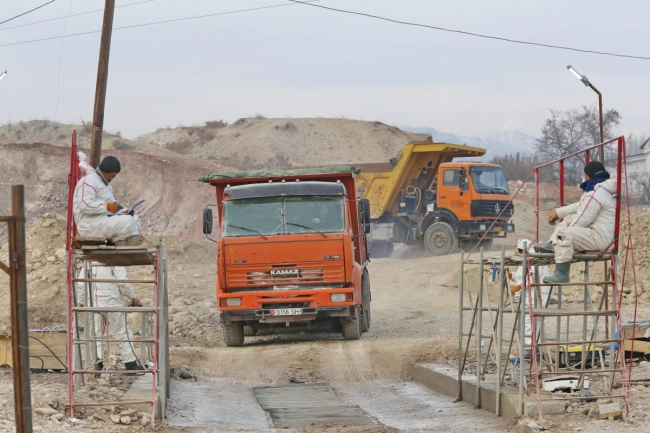
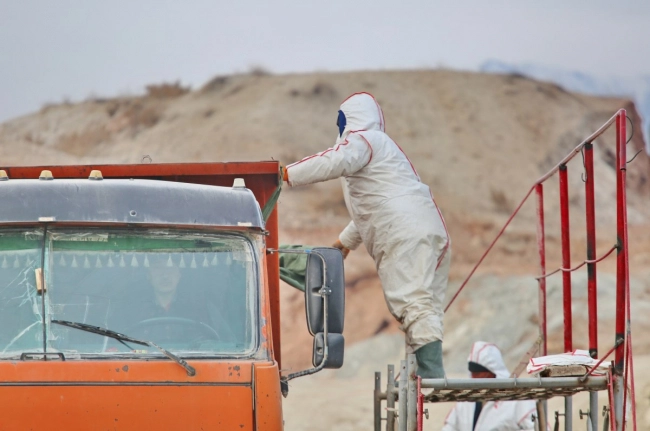
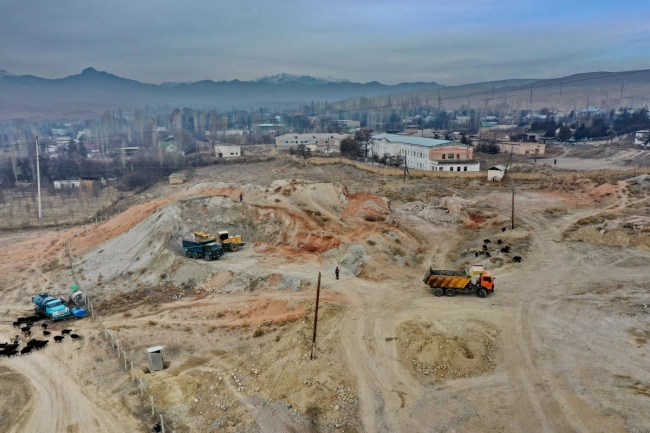
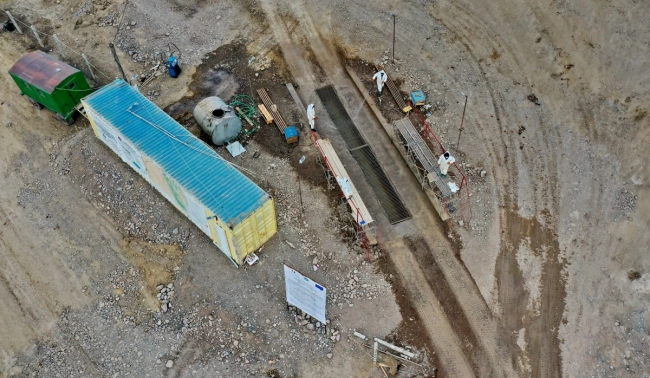
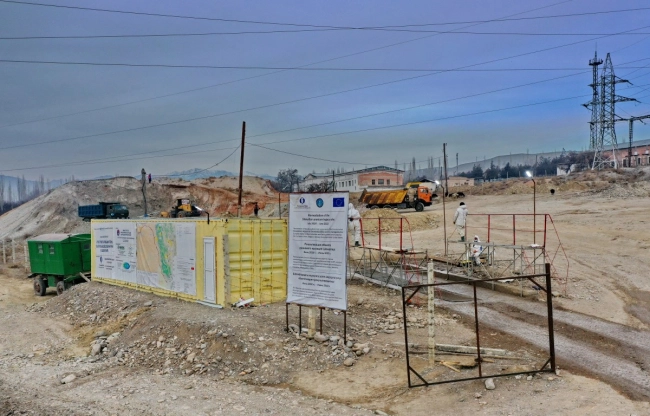

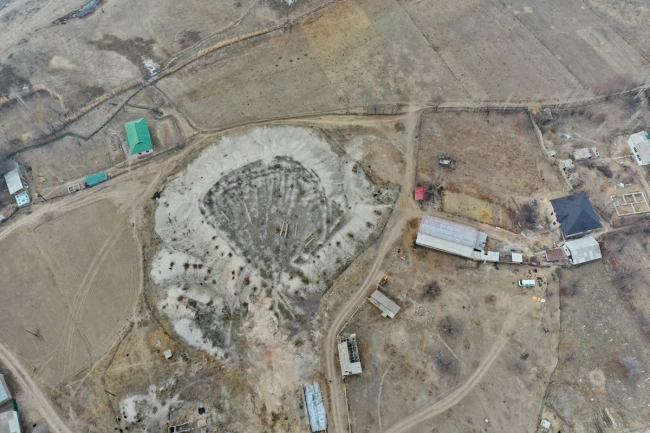


















Attention: Information based on submitted complaints